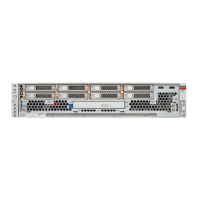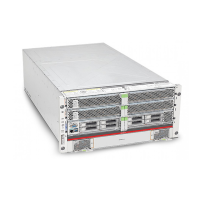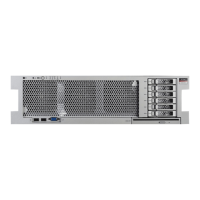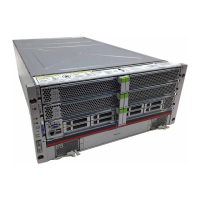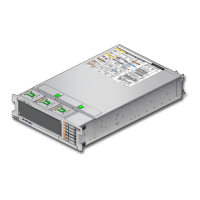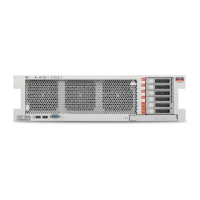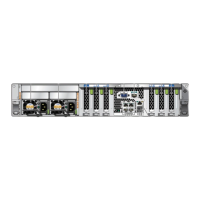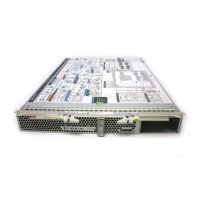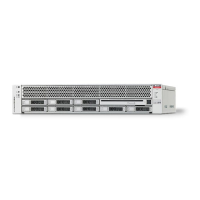Clear a Fault Manually
Related Information
■
“POST Overview” on page 28
■
“Configure POST” on page 28
Clear a Fault Manually
When the server detects faults, the faults are logged and displayed on the console. In most
cases, after the fault is repaired the fault condition is repaired automatically. In cases where the
fault condition is not automatically cleared, you must clear the fault manually.
1.
After replacing a faulty component, power on the server and, verify that the fault
for that component has cleared.
Use the fmadm faulty command to confirm that the fault is clear.
Note - The fmadm faulty includes a new fault class called alert. Alerts do not require hardware
to be replaced, and will automatically repair when the error condition is no longer present.
2.
Determine your next step.
■ If no fault was detected, you do not need to do anything else. Do not perform
the subsequent steps.
■ If a fault was detected, continue to the next step.
3.
Clear the fault from all persistent fault records.
In some cases, even though the fault is cleared, some persistent fault information remains
and results in erroneous fault messages at boot time. To ensure that these messages are not
displayed, type:
faultmgmtsp> fmadm acquit UUID/NAC-name
Fault UUID numbers are displayed in fmadm faulty output.
4.
If required, reset the server.
In some cases, the output of the fmadm faulty command might include this message for the
faulty component:
faulted and taken out of service.
Detecting and Managing Faults 31
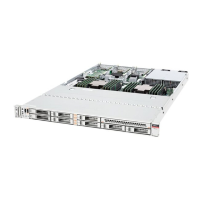
